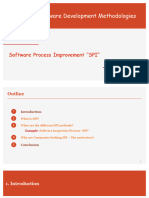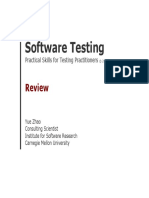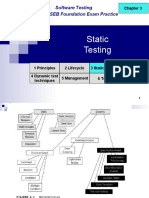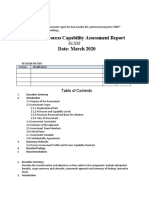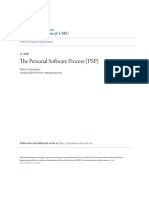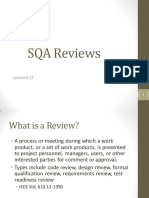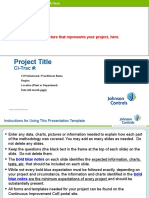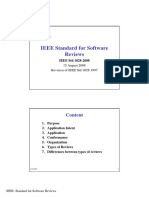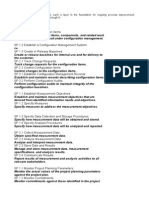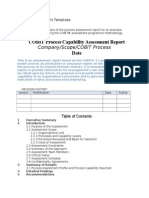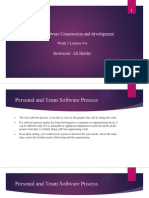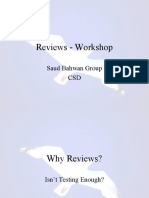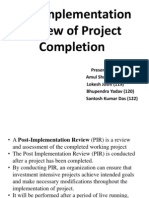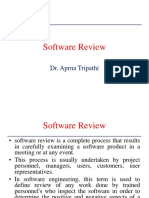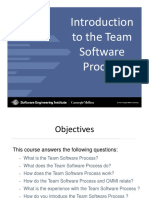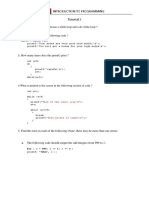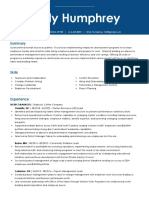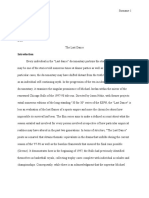0% found this document useful (0 votes)
66 views27 pagesTMP3413 Software Engineering Lab: The Postmortem
The postmortem is the final step of the TSP process where the team reviews project data and evaluates performance to identify improvements. It involves examining what was done versus what was planned, comparing results over cycles, and assessing products, effort, and processes. The team evaluates each role's performance and suggests improvements. The cycle report describes key findings and lessons learned. Individual peer reviews provide additional feedback to recognize strengths and opportunities. The goal is continuous improvement through structured reflection.
Uploaded by
Nurfauza JaliCopyright
© © All Rights Reserved
We take content rights seriously. If you suspect this is your content, claim it here.
0% found this document useful (0 votes)
66 views27 pagesTMP3413 Software Engineering Lab: The Postmortem
The postmortem is the final step of the TSP process where the team reviews project data and evaluates performance to identify improvements. It involves examining what was done versus what was planned, comparing results over cycles, and assessing products, effort, and processes. The team evaluates each role's performance and suggests improvements. The cycle report describes key findings and lessons learned. Individual peer reviews provide additional feedback to recognize strengths and opportunities. The goal is continuous improvement through structured reflection.
Uploaded by
Nurfauza JaliCopyright
© © All Rights Reserved
We take content rights seriously. If you suspect this is your content, claim it here.
/ 27
